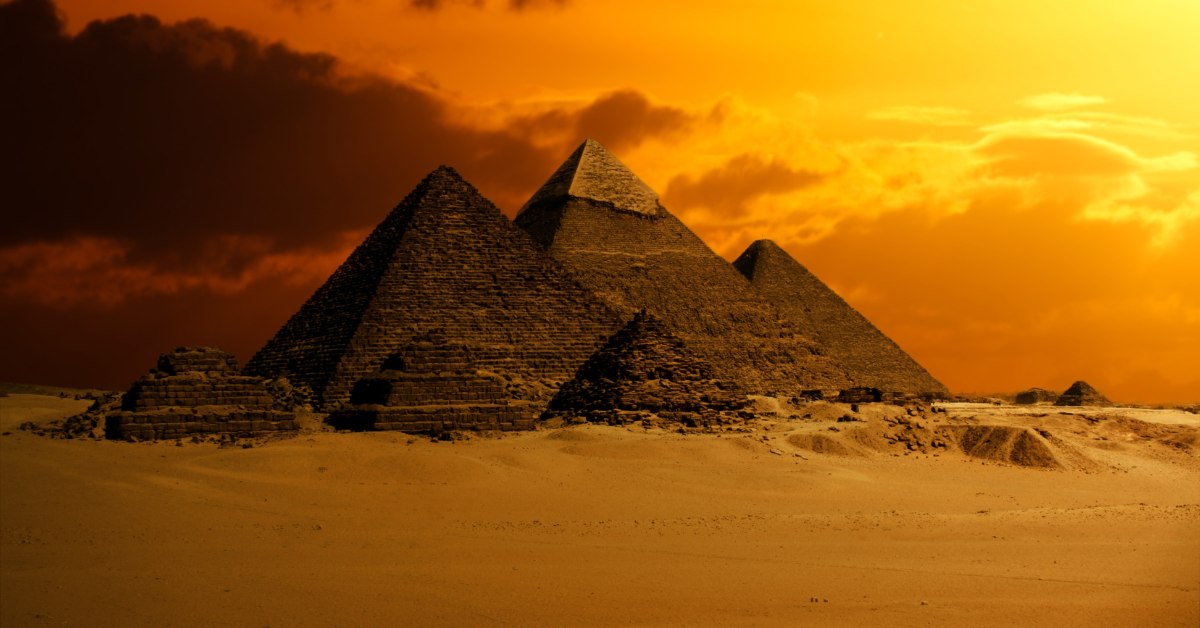Introduction
Four thousand years ago, around 2000 BCE, Egypt was experiencing a period of cultural and architectural achievements that continue to captivate the world today. This era, known as the Middle Kingdom and the early part of the New Kingdom, saw the construction of some of the most iconic monuments, the development of literature, and the expansion of trade and diplomacy. This article explores life in Egypt during this time, delving into the social organization, architectural marvels, artistic achievements, and religious practices that defined the period.
Social Organization and Governance
Egyptian society during this period was characterized by a well-established social hierarchy, with the pharaoh at the apex, followed by the ruling elite, priests, artisans, farmers, and laborers. The pharaoh was considered a divine figure, responsible for governing the land, maintaining cosmic order (Ma’at), and ensuring the gods’ favor.
The Middle Kingdom and the early New Kingdom saw several powerful pharaohs, including Senusret I, Amenemhat III, and Hatshepsut. These rulers focused on consolidating power, expanding Egypt’s borders, and engaging in diplomacy with neighboring kingdoms. The administration of the kingdom was managed by a centralized bureaucracy, divided into various departments and led by high-ranking officials.
Architectural Marvels: The Age of the Pyramids
The most iconic symbol of ancient Egypt, the pyramids, reached their zenith during the era known as the Age of the Pyramids, which spanned from the end of the Old Kingdom to the Middle Kingdom. The most famous of these are the Pyramids of Giza, built during the Old Kingdom, which set the stage for further architectural advancements during the Middle Kingdom.
Egyptians constructed monumental temples, tombs, and other structures during this period, showcasing their sophisticated understanding of engineering, geometry, and craftsmanship. The Middle Kingdom saw the construction of the labyrinthine mortuary complex of Amenemhat III at Hawara, while the early New Kingdom witnessed the building of impressive temples such as Karnak and Luxor.
Artistic Achievements and the Birth of Egyptian Literature
The Middle Kingdom is often regarded as a golden age of Egyptian literature and art. This period saw the creation of numerous literary works, including the “Tale of Sinuhe,” “The Eloquent Peasant,” and the “Instructions of Amenemhat.” These texts, inscribed on papyrus or carved into stone, provide valuable insights into the lives, beliefs, and values of the Egyptians at the time.
Art also flourished during this period, with artists creating intricate relief carvings, statues, and wall paintings. The artwork from the Middle Kingdom and early New Kingdom is characterized by a more naturalistic and expressive style, reflecting the growing emphasis on individuality and personal expression.
Religion and the Cult of the Afterlife
Religion continued to play a central role in the lives of the Egyptians 4,000 years ago. The pantheon of gods and goddesses continued to expand, with cults dedicated to specific deities emerging throughout the kingdom. Osiris, the god of the afterlife, gained prominence during this period, and his cult became closely associated with the funerary practices of the Egyptians.
The belief in an afterlife and the importance of preserving the body for its journey into the next world led to the development of elaborate burial practices and rituals. Mummification became more sophisticated, and tombs were filled with elaborate funerary goods and offerings to ensure the deceased’s well-being in the afterlife.
Conclusion
Life in Egypt 4,000 years ago was marked by cultural and architectural achievements that continue to inspire awe today. The social organization, governance, and religious practices of the time provided a stable foundation for the flourishing of literature, art, and monumental architecture. The construction of the pyramids and the development of Egyptian literature and art during this period stand as testaments to the ingenuity and vision of the ancient Egyptians, offering a window into the lives and beliefs of a civilization that has captivated the imagination of countless generations.


